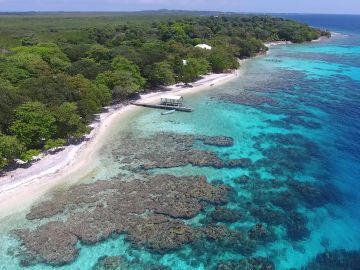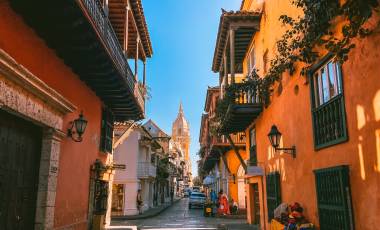While they may not be Caribbean islands, the countries of Belize and Colombia are both lapped by the Caribbean Sea — an incredible body of water home to the Mesoamerican Barrier Reef, the most extensive reef system in the western hemisphere. Choosing a trip to Belize or Colombia gives you a glimpse into Caribbean life of a different kind, where you also get to explore the incredible cultural diversity in both nations, taste their famous exports and local food, and spend days unwinding on balmy shores.
Where are Belize and Colombia?
Belize is a small country on Central America’s eastern coast. Despite its size (it’s just 180 miles long and 70 miles wide), Belize offers travellers a diverse range of experiences. You can walk in the footsteps of the ancient Mayans and weave your way through inland wetlands, then head to the coast to snorkel in the world’s second-largest barrier reef off its Caribbean shoreline. The remarkable Mesoamerican Reef, also known as the Great Mayan Reef, runs for almost 700 miles and touches the coasts of Mexico, Guatemala, Honduras, and Belize.
The Caribbean Sea also laps Colombia, a large nation located in the northwestern region of South America, boasting a diverse landscape from the Andes Mountains to the Amazon Rainforest, the Pacific Ocean on its west coast and its own Caribbean coast on the north edge. On our Colombia: Culture, Coffee & Caribbean trip, you’ll explore this remarkable scenic diversity, finishing with five incredible days exploring the towns and beaches on the north Caribbean coast.
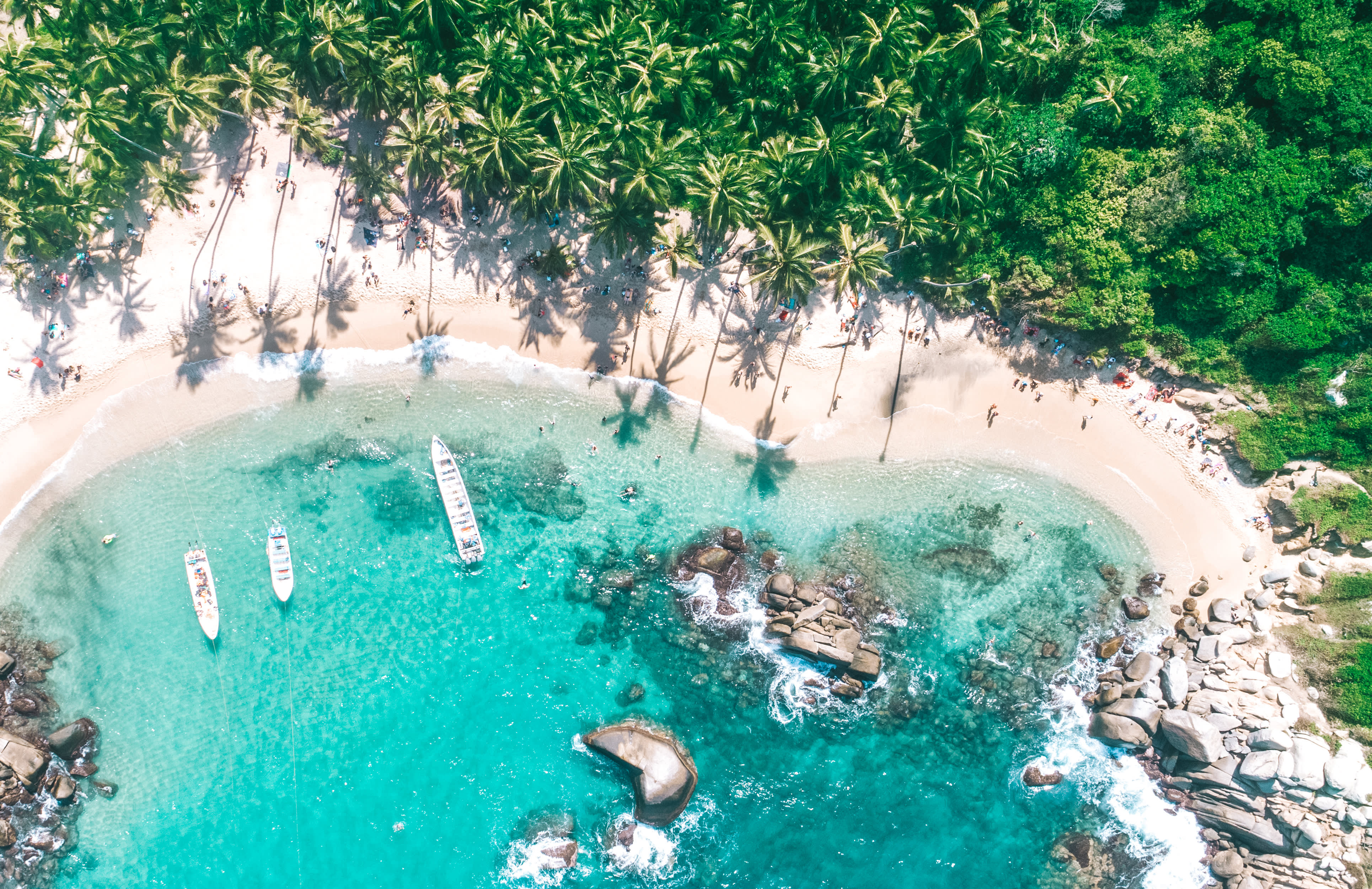
The Caribbean scenery of Belize and Colombia
If picturing the Caribbean brings to mind turquoise waters, soft sands and swaying palms, that’s precisely what you can expect on Belize’s Caribbean coast — on both its mainland and the 450 tropical cayes sprinkled offshore. In comparison, the Caribbean coast of Colombia feels somewhat wilder with a backdrop of green-clad mountains and jungle. And while some Colombian beaches possess a tranquil Caribbean beauty you may expect, ocean currents in some areas mean you can’t swim and should enjoy the beauty solely from the shoreline.
It’s not all beach bliss to find on the Colombia Caribbean coast. The coastal Colombian city of Cartagena is here too, known for its vibrant coloured buildings and colonial architecture. The city is surrounded by an imposing stone wall built in the 16th century to protect against pirate attacks. These days, it’s possible to walk along the wall with views of the Caribbean Sea. On our Colombia: Culture, Coffee & Caribbean trip, you’ll spend a whole day in the city, tasting fresh fruits and juices at Bazurto Market and visiting monuments celebrating moments in Colombia’s long history.
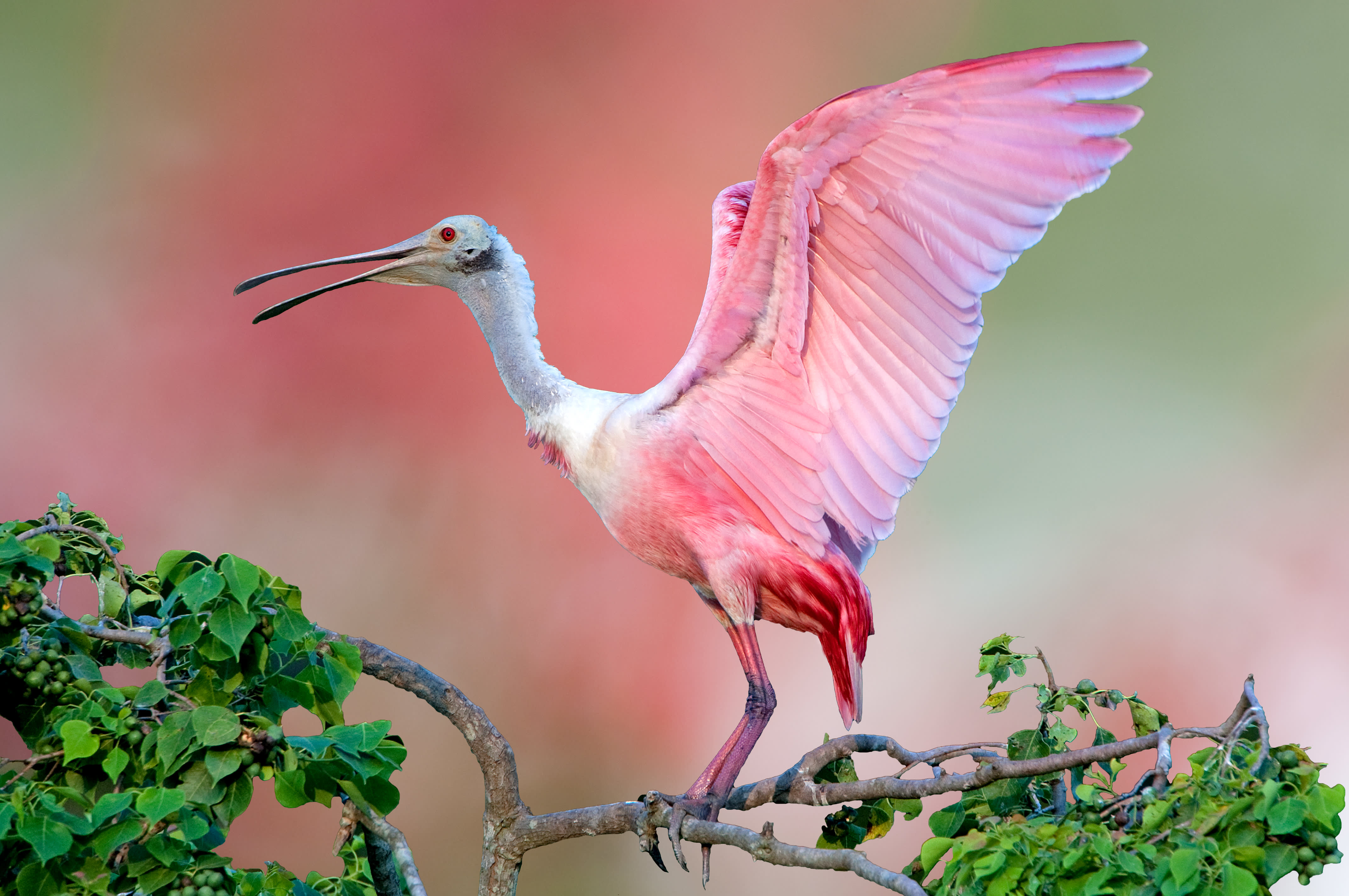
Wildlife and nature in Belize and Colombia
Just off the mainland, spend three sun-drenched days on Caye Caulker on our trip to Belize, a limestone coral Caribbean island just four miles long and blissfully free of cars. Nurse sharks and stingrays swish through its mangroves and seagrasses, and there’s diverse birdlife to spot, including Great Blue Herons, pelicans, and delightful Roseate Spoonbills with neon pink plumage. The island has its own protected marine area, Caye Caulker Marine Reserve, a 61-square-mile zone where you can spot manatees and turtles between April and September.

Colombia’s Caribbean shore has wildlife of a different variety. In Tayrona National Park, the foothills of the Sierra Nevada de Santa Marta roll towards the coast and are home to reptiles and birds – including toucans and manakins. Search for them on long and rewarding hikes across the tropical terrain with a soundtrack of howler monkeys.
The adventures waiting in Belize and Colombia
Caribbean adventures abound in Belize. Hol Chan Marine Reserve, a vital underwater habitat, is considered one of the best places to snorkel in the world. It’s just off the southern part of Ambergris Caye, the largest island in Belize and a few minutes boat ride from Caye Caulker. Hol Chan Marine Reserve means Little Channel in Mayan, named for the natural break in the reef here. It’s a critical marine habitat, providing refuge for angel fish, coral, turtles, manatees, and dolphins. Nurse sharks congregate in Shark Ray Alley, a popular dive site. On our Belize Reef & Ruins trip, you’ll join a full-day snorkelling tour in the reserve to see a wide selection of marine life in these tropical waters.
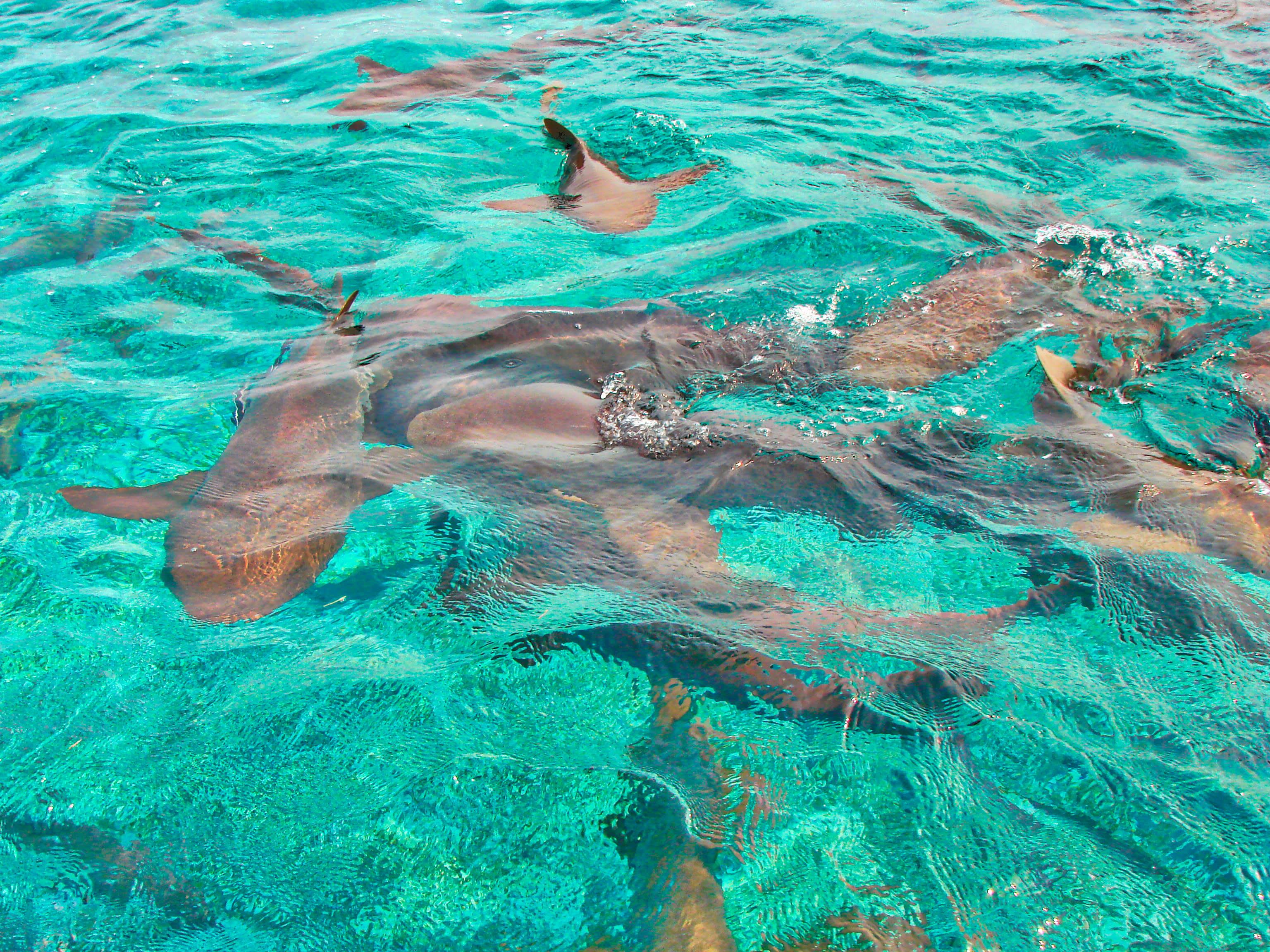
There’s no shortage of adventure in Colombia, either. On an experience on our Colombia: Culture, Coffee & Caribbean trip, you’ll spend five days of a 15-day journey getting to know Colombia’s Caribbean coast. You’ll enter Tayrona National Park at El Zaino, the main entrance, following a walk to Cañaveral Beach, a wild and beautiful place with a fringe of coconut palms. Continue a one-hour hike through the tropical forest to Arrecife Beach before trekking for another hour, passing beaches such as Arenillas, La Piscina and Cabo San Juan – where you can swim and relax on the palm-fringed shores.

Caribbean food and drink in Belize and Colombia
The Caribbean’s culture, scenery and opportunity for adventure provide reason enough to travel, but the food and drink is the cherry on the cake. There are variations in Caribbean cuisine throughout the region — jerk, for example, is the famous signature flavour of Jamaica. Flying fish is often served in the Windward Islands, where these fish are found in abundance. Belize’s Caribbean coast also draws on the bounty of the seas in its food. If you visit between October and June, expect conch fritters and conch chowder on the menu in sun-bleached beach bars on Caye Caulker alongside Caribbean favourites like Creole-inspired rice and beans.
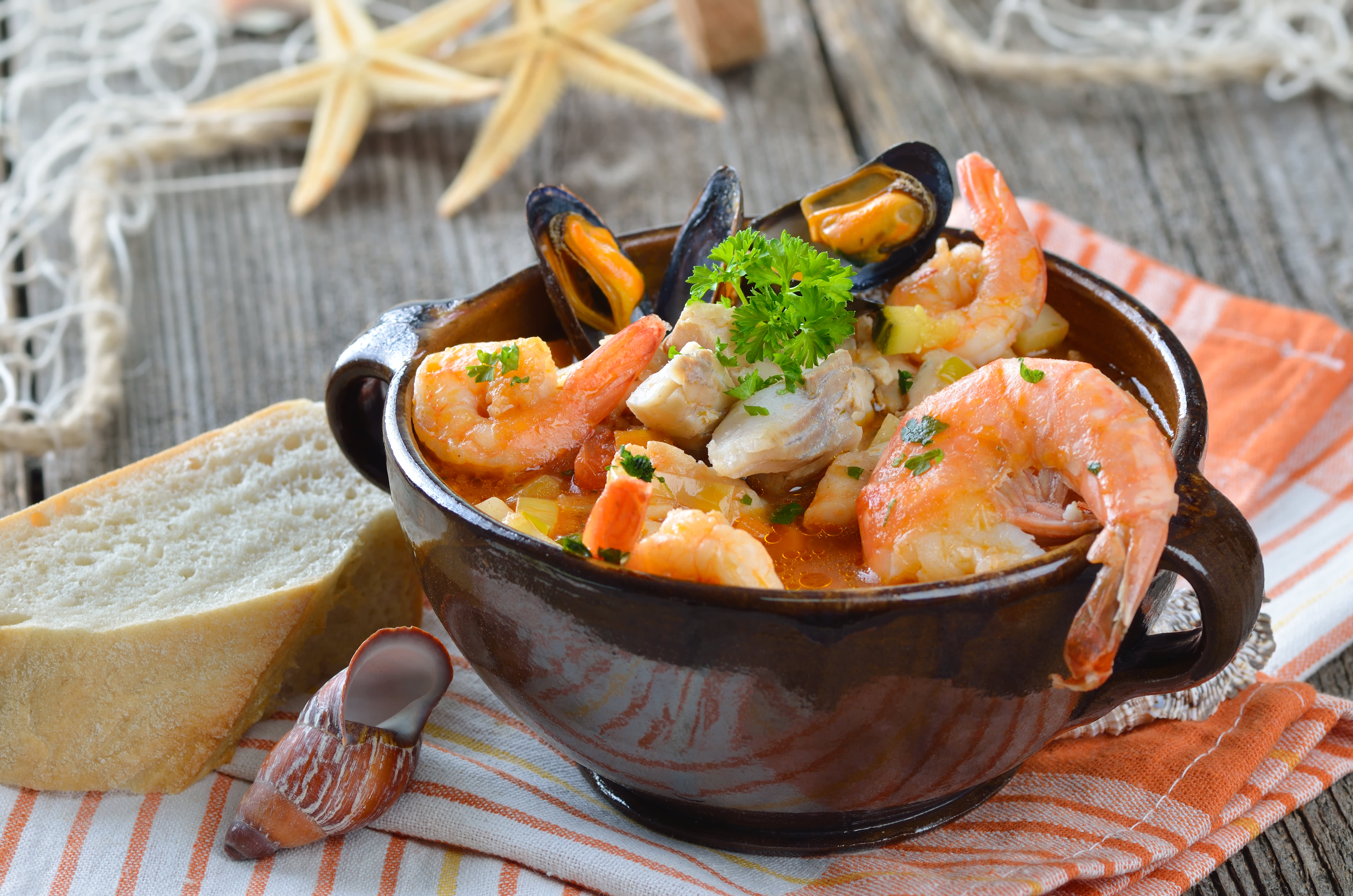
Rum is a famous export of the Caribbean. On our trip to Belize, you’ll visit Travellers Liquors in Belize City, producers of the renowned One Barrel Rum, for a history lesson in rum-making at their heritage centre. This features the bottling process, product sampling, and Belizean cocktail-making tips. Similarly, the rum produced in Colombia is considered some of the best in the world. When you visit Cartagena’s Getsemani district on our trip to Colombia, you’ll try five different local rums – some as shots, others to sip, and others mixed in creative cocktails complemented by fine Colombian chocolate. For dinner, search out classic Caribbean coast favourites, such as Cazuela de Mariscos, a seafood broth served with rice and plantains. Finish with a cup of Colombian coffee, which, while not grown on the Caribbean coast, you’ll know well from your time exploring a Colombian coffee plantation earlier in your trip.
If you’re looking to experience a different side of the Caribbean coast, take a look at our Colombia and Belize trips here.
